Your ABC: Sins of commission
Life on land



Your support will assist us to continue our research and content development, the greater our resources, the more we can do.
The more we have an accurate understanding of what is happening to nature, the more we can all do to protect what remains of our living planet.
This is also an opportunity for philanthropists to be part of an ongoing project that tells independent stories about the natural world, stories that will help us to better understand what is happening to species and places on our precious planet Earth.
Note: Creative Cowboy Films does NOT have tax deductible charity status.

The Nature Knowledge Channel is a very real way you can help the precious natural world and support the work we do in creating knowledge about the natural world.
Annual membership of the Creative cowboy films - Nature Knowledge Channel gives you full access to content, stories and films, available on this website. Becoming a member of the Creative cowboy films - Nature Knowledge Channel is a very real way you can help the natural world and support our work in creating a greater understanding about what is happening to it.
A point of difference
Creative cowboy films is independent, is not funded by governments or industry, and is not influenced by their associated interest groups. For reasons of independent research and content development, Creative cowboy films does NOT have tax deductible charity status.
Life on land
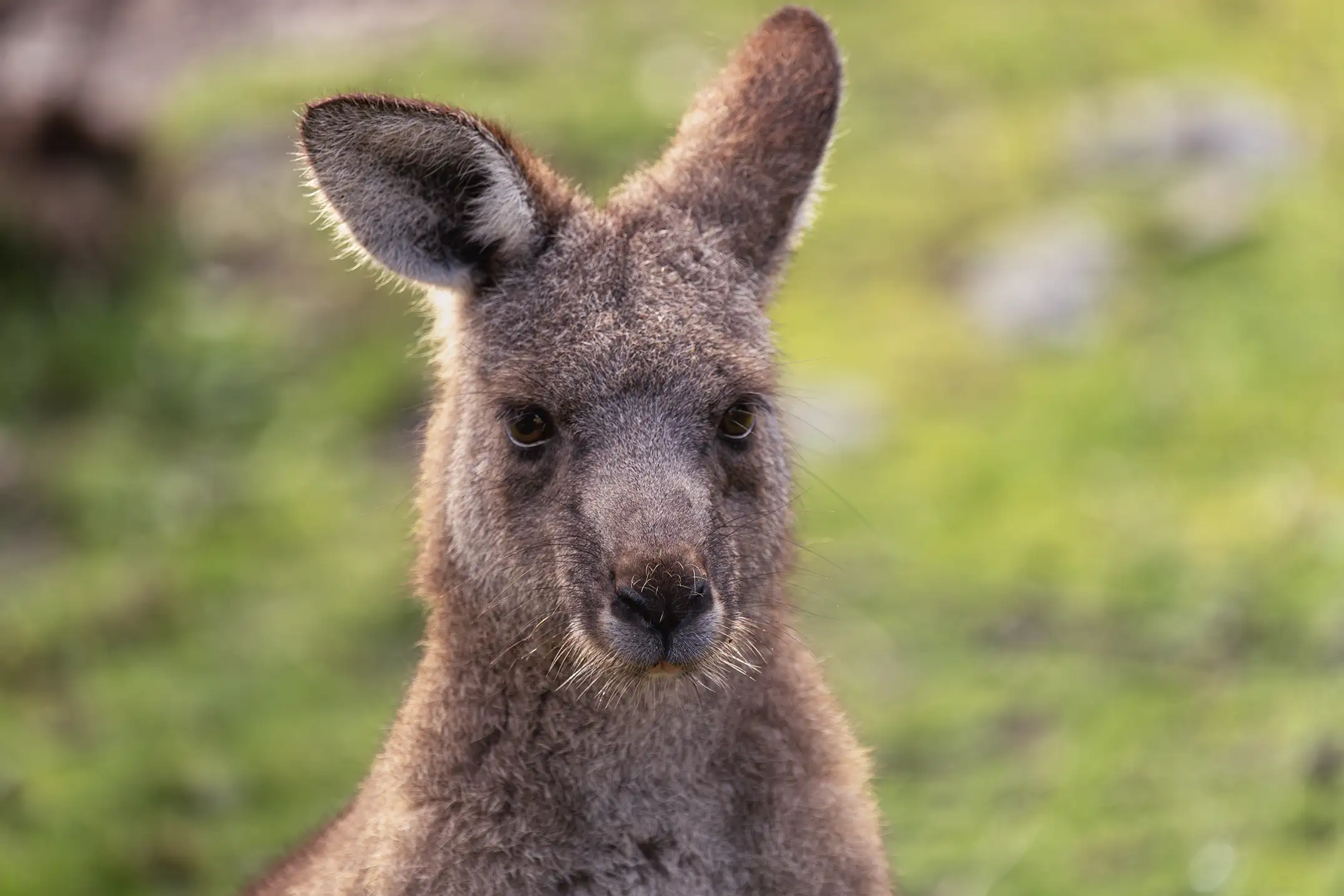
Updated 13 August 2025
Arthur Queripel (founder of the AWPC) and I share a similar history. I too was promised that the ABC would moderate its conduct in matters relating to the Kangaroo and would supply a ‘manager’ who would liaise with me to improve the accuracy and ethical nature and purpose of the reporting on these matters. They did that, but absolutely nothing changed that was about 40 years after Arthur’s first of many engagements with the ABC.
In August 1970, Arthur Queripel objected to the misleading reports on the ABC concerning numbers of Kangaroos and an undertaking was given by the ABC that in future all matters concerning the number of Kangaroos would be proven authentic before being broadcast:
"I do not believe this undertaking is being observed”. Arthur Queripel
What the ABC is trying to achieve here is a question we all need to ask, the nonsense has gone on for far too long.
Here is a typical example of what goes on.
For decades the ABC, and Western Australia is no different, has broadcast poorly researched and extremely prejudicial material regarding Kangaroos. This continues despite the ABC being given the actual and accurate information. I would ask ABC journalists to think carefully about the damage they are doing, not only to Australia’s Macropod species, but to the standards we all expect from journalists in a publicly funded broadcaster. Examples follow.
ABC News October 2019: Landholders are calling for the 'roo meat industry to ramp up. Kangaroo numbers in Western Australia have jumped dramatically in recent years, prompting calls for an expansion of the state's kangaroo meat industry. Western Grey Kangaroo numbers have doubled since 2014 while the Red Kangaroo population has quadrupled.
Within the commercial shooting zones in Western Australia, the 2019 population estimate for these species was 3,090,605, reducing to a population estimate of 2,412,050 in 2020. The quotas accordingly reducing from 489,130 in 2019 to 381,880 in 2020.
Claiming a population of 50 million commercially exploited Kangaroos species in Australia in 2021 (which is false, as the official Australian Government figure for 2021 is 30.6 million – also significantly overstated), the ABC was yet again and cruelly promoting the further exploitation of Australian wildlife, while doing so, ignoring significant dangers to human health. This is what Australia's national broadcaster has to say:
“Our Kangaroo population is booming and competing with resources with farmers, so should we be eating more of them” ABC Perth 14 October 2022.
I spoke to the ABC producers in Perth and gave them the actual Australian Government number for that year, they ignored the information and instead adjust their article to the official number from the previous year. I guess having to report a 20 million drop was just more than they could bear. The article still stands uncorrected:
“Back in 2009 there were around 27 million kangaroos in Australia and now it is estimated there are 42.7 million, according to the Commonwealth Government”.
Here is an extract of my correspondence with the producer.
“It appears that you have not corrected this article for a second time - it also needs an explanation that the ABC got the numbers wrong, not once, but twice. See my email of 22 October to both you and Damian. See table in attached document about yet another ABC QLD bit of nonsense. The Commonwealth Government number for 2021 was 30,671,768. This number itself is far too high and claims by the government that the numbers are higher are highly improbable given our detailed analysis of the situation”.
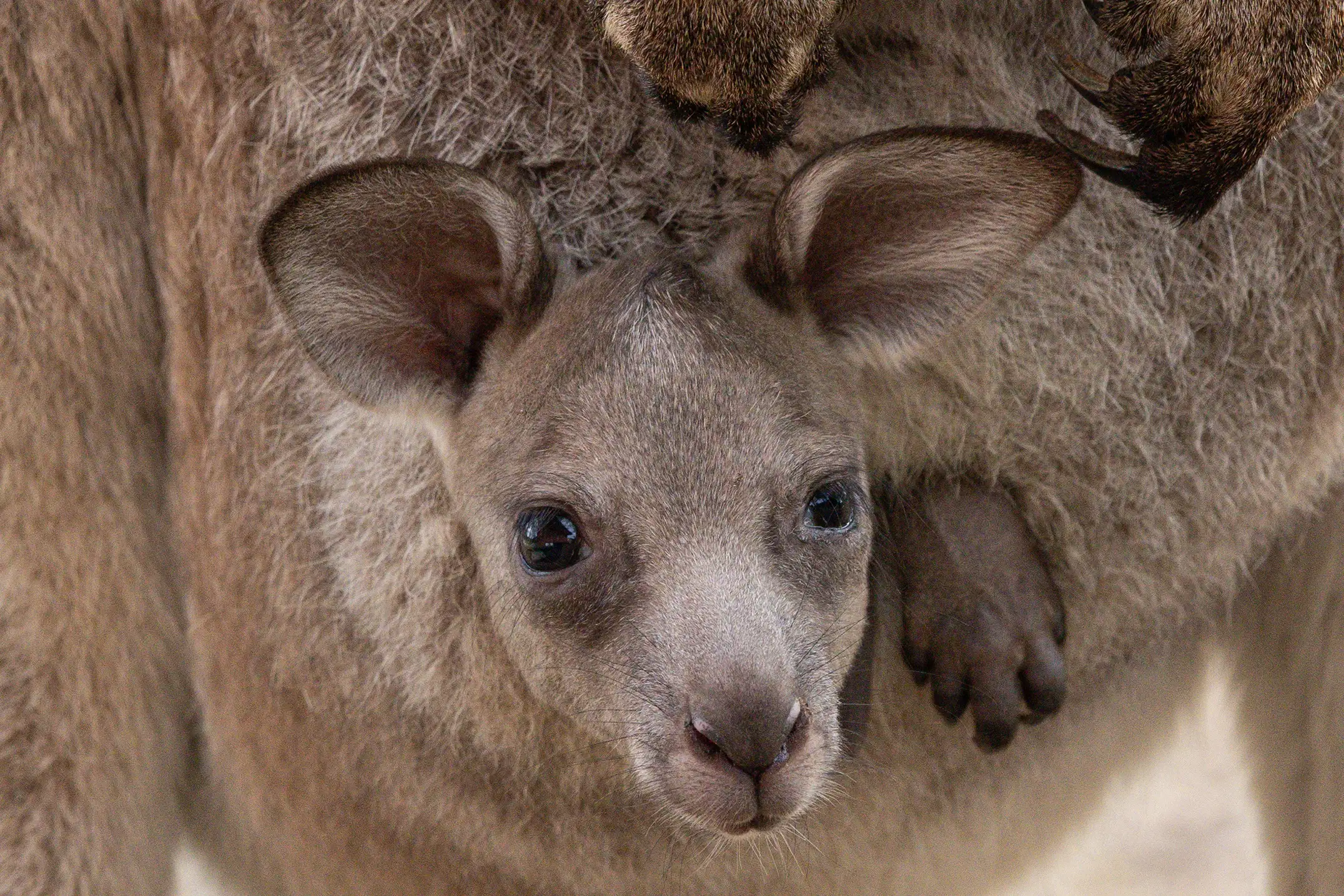
“A serial offender over a very long period, the question of why the ABC continually produces this misleading nonsense about Kangaroos, without considering the human harms and great cruelty to wildlife, is a question that is going to have to be answered. We all expect a great deal more from Australia’s national broadcaster”. Peter Hylands
An ABC article of 5 November 2019 had a headline that claims Kangaroo harvest halted in Western Queensland as millions starve in drought. We know from the latest Queensland Government figures that there are not millions and that is why the shooting has been stopped. The reason commercial shooting was stopped was that the Queensland Government had determined that populations have fallen below the predetermined trigger point. I explained this in detail to the journalist at the time, a story with entirely the opposite ‘story’ was published.
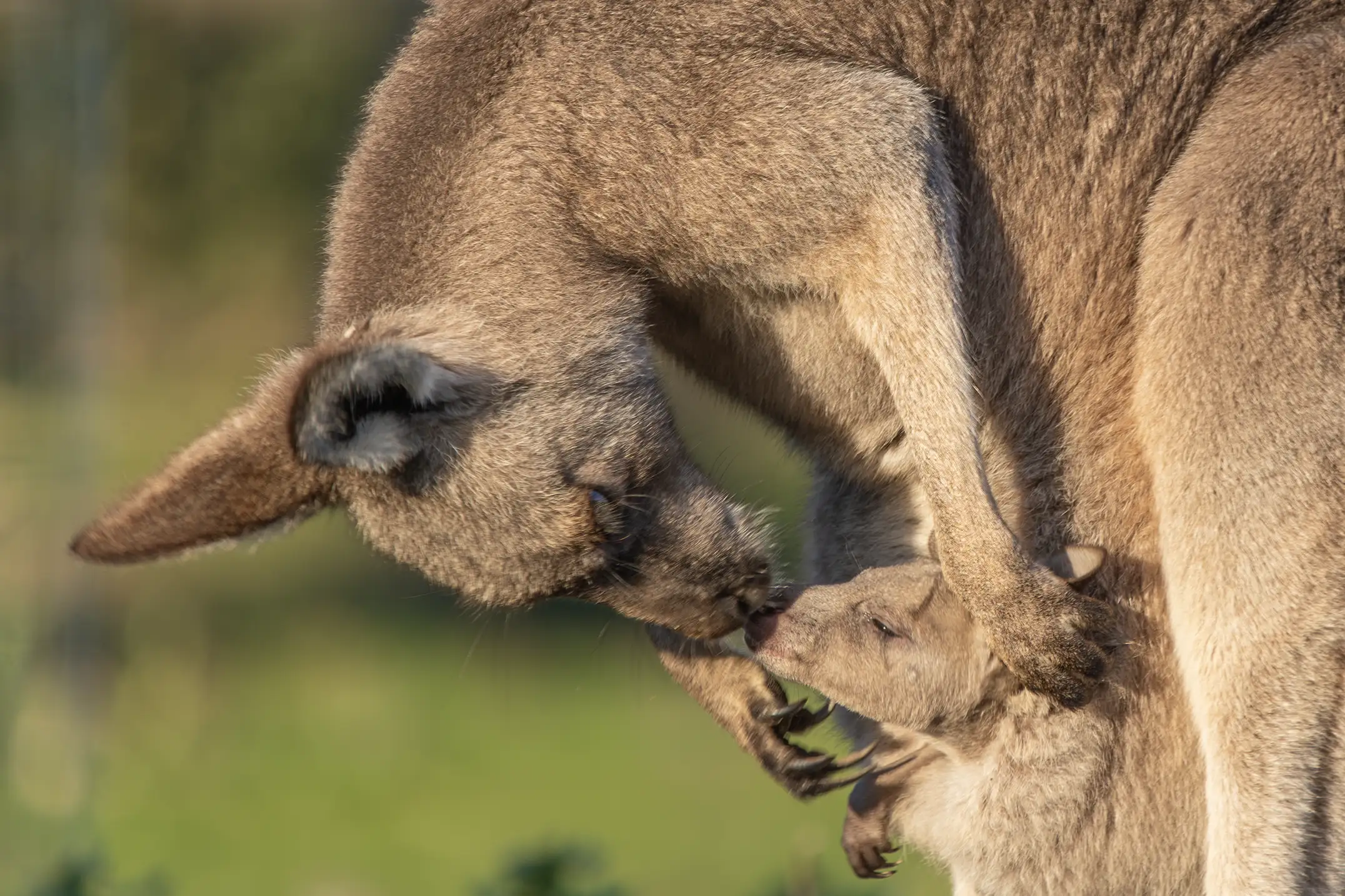
I had been asked to take part in an ABC Melbourne Radio broadcast entitled Should Victorians eat kangaroo meat if it's a native Australian animal? I had agreed to do it to counter the nonsense that I knew the ABC would peddle. Just prior to the program I received a phone call from the program’s co-presenter Richelle Hunt saying:
“I don’t want you on my program, I am not interested in facts, I am interested in meat. I know I have done the research”.
The phone was on loud speaker so the hostile little call was heard by others. What followed on the program was a promo of the killing and human consumption and misinformation. Bias on steroids.
To pretend that what goes on in beating to death or decapitating young animals and all too often butchering mature animals while they are still alive, is not something that journalists and presenters on the public purse should be promoting by claiming it is all humane. It is not in any way humane but among the very cruellest of deaths inflicted on animals.
So for journalists at the ABC, it is not difficult to compare the two editions of this ‘code’, it is there in stark black type for you all to read.
So why the second edition of this ‘code’? The answer is a very simple one. The latest ‘code’, the 2020 edition weakens the supposed protections of the original code because it was not being and could not be complied with. Through their own research, some of the individuals responsible for the new edition of the ‘code’ will know what happens out there and includes zero compliance in relation to killing at-foot-joeys and much more. The new ‘code’ simply tries to reflect, and therefore weaken, what actually goes on in the heat of the night.
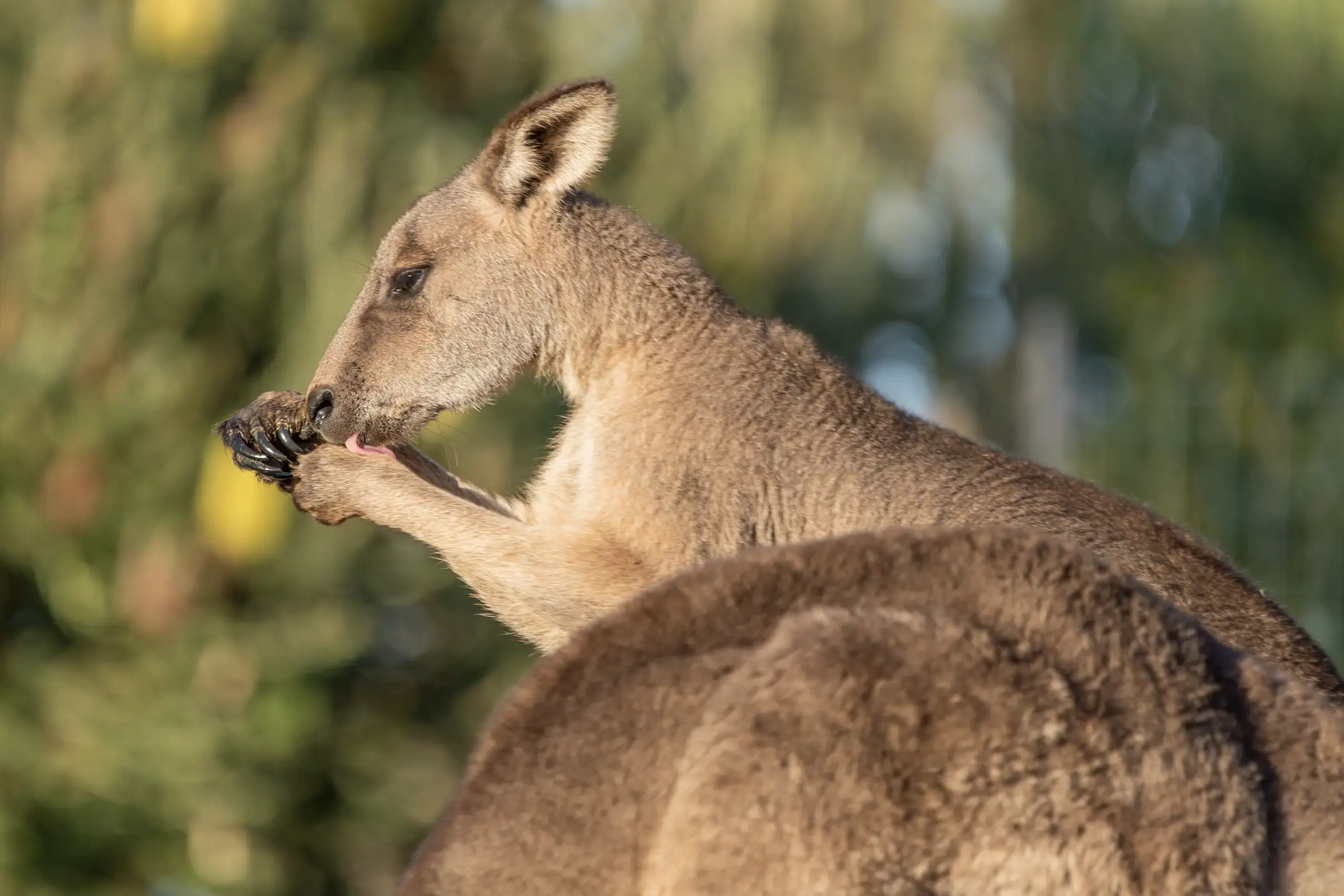
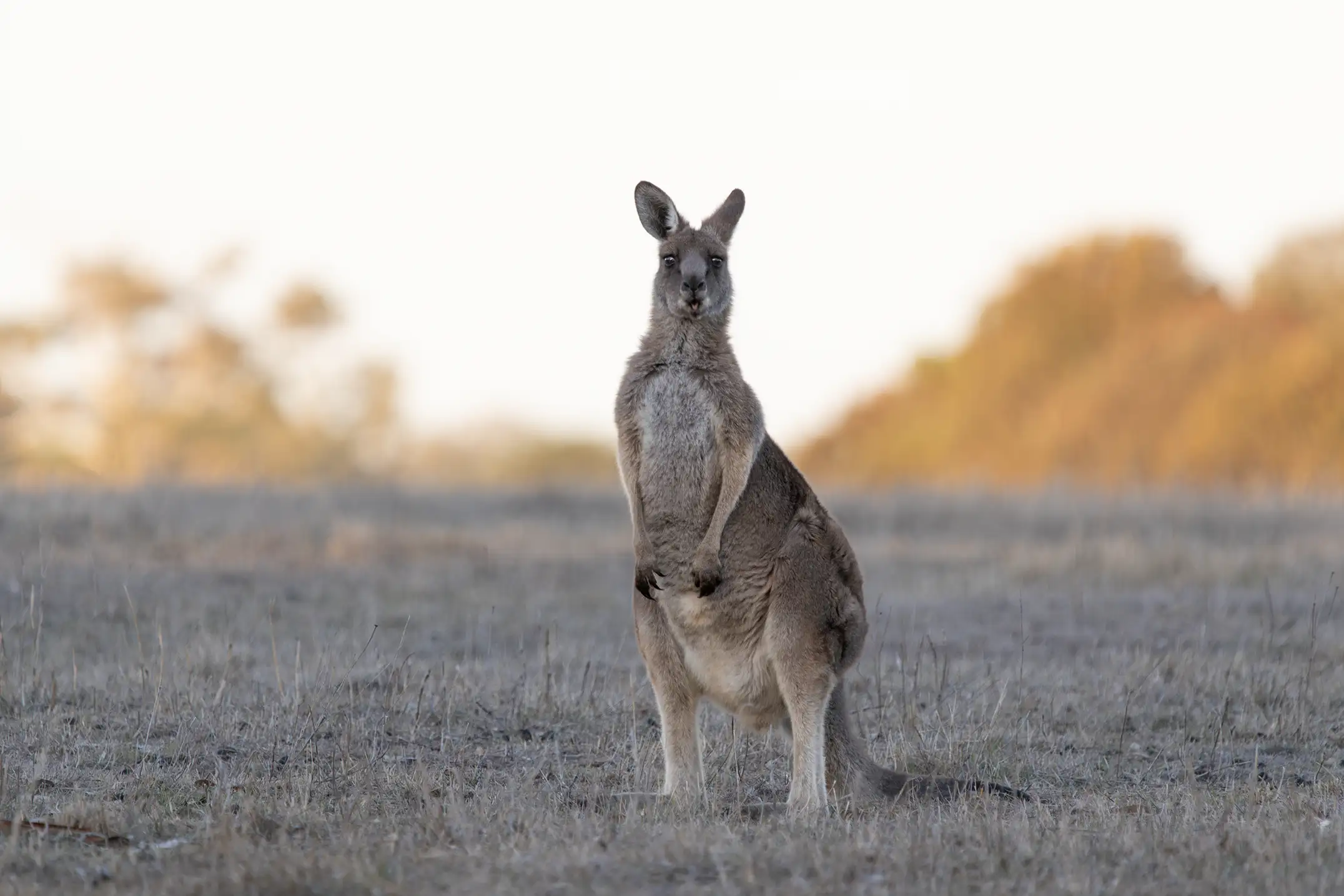
Here is a tiny sample of the Kangaroo tales the ABC produces and it happens in each and every state where commercial exploitation of these animals occurs.
I suggest you read the following to understand the plight of Kangaroos in Australia – the maths are fairly basic, we find it difficult to comprehend how the ABC, with all its resources, is incapable of understanding the numbers.
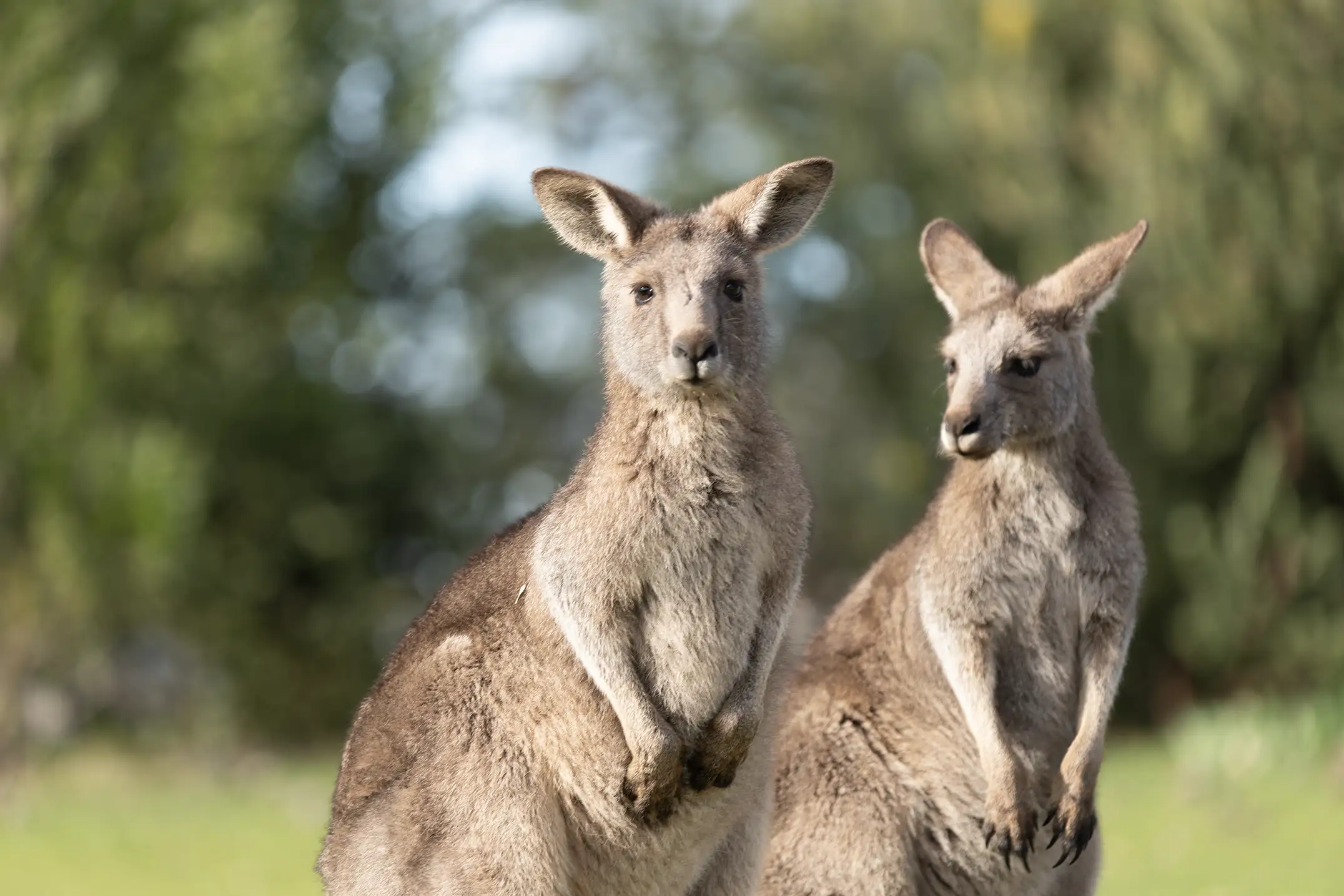
A recent interaction with the ABC was on 17 May with newsreader Lorna Dunkley following yet more hunting promotions:
“I watched ABC 24 for a few minutes when you were presenting last week.
You may be aware that I have had problems with the ABC and accuracy of claims from ABC journalists in regard to Australian wildlife, there are also sins of omission which are just as bad as disinformation. This conduct has a long history and is repeated over and over again without moderation. I know a lot about the media industry internationally and have been a great supporter of public broadcasting around the world, no longer so for the ABC, as the bias is so terrible and consistent.
My strategy has been to point out these issues and directly to the ABC journalists involved and not complain to your complaints team. I am however sent responses to complaints that others have made regarding the ABC’s misrepresentation regarding Australian wildlife, and animal cruelty more generally, and without exception they are rebuttals of the complaints made by professionals, including lawyers.
The ABC then claiming everything is verified and all the time. Apart from this statement being impossible it is a long way from being accurate.
So for your program the following statements in one feature:
Recreational shooting is one of the most sustainable things we can do; and Aerial shooting is humane”.
Near contemporary with the announcement that Adidas and ASICS (slightly later Mizuno) and about a month ago, a story went out to the world’s media about a man that was attacked by a Kangaroo in Port Macquarie, New South Wales.
Publishing the story, the Times of India runs a poll asking: Would you consider Kangaroo attacks to be a serious public safety issue? YES - it should be addressed / NO - it’s a rare occurrence.
The BBC, in its reflections on the land downunder, Kangaroo 'tries to drown' man in Australian floodwaters, going on to add how Kangaroos kill dogs. These things happen and there are very specific reasons they do.
This kind of advertorial is designed to offset the adverse PR created by a stream of global brands now refusing to use Kangaroo body parts and skins because of the cruelty involved in the bushmeat trade.
Oddly the ABC broadcasts this story nationally around three weeks (8 June 2025) after the international media has done so and following their own local news ‘blog’ on 23 May. The new rendition entitled:
Man survives fight with stressed roo by throwing 'backward elbows’
It apparently takes three ABC journalists to create the story which includes a short video.
Patterns are easy to identify and the media responds to periods in which Kangaroo Inquiries are held, not reporting on the progress and findings of the inquiry but creating stories about damage and exploding populations and danger and disease (the latter before they started marketing Kangaroo meat for human consumption). The media, and particularly the ABC gets busy during Kangaroo silly season, around the time when Kangaroo populations and quotas are published in each state.
The ABC has been very busy ‘reporting’ negative Kangaroo stories as the South Australian Government’s Kangaroo Inquiry KANGAROO AND WALLABY POPULATIONS IN SOUTH AUSTRALIA progresses slowly through its various hearings.
Here are some of my comments to the journalists involved:
"I quote from your article 26 May 2025:
There is a variety of protein-rich bush foods, including (but not limited to) kangaroo, wallaby, magpie geese, fish, wattle seed, bush tomatoes, bush banana, and some legumes," Ms Hardy says.
Beef, pork, chicken, turkey, duck, emu, goose, and bush birds
There are plenty of reasons for us to learn how to eat kangaroo – from its unique flavour and low fat content, to its environmental credentials and more sustainable meat".
This leads into the article from Scott Mitchell:
"The best ways to cook and enjoy Kangaroo meat in which this question appears - Asking the question Why has it taken so long for Kangaroo to become popular?"
Back to the South Australian Government Inquiry into Kangaroo and Wallaby populations in South Australia. Not only did the ABC fail to mention this but claimed (Luke Radford – from Bendigo and now back in Adelaide) that:
“The desperation for food is so great, their numbers so large, that Kangaroos are even destroying the native landscape in which they evolved in”.
When I asked Luke and the South Australian Government agency where we could film these Kangaroos there was no response, even on follow up, the Government agency eventually claiming that the Kangaroos had dispersed and there would be nothing to see. This kind of behaviour, which enables the cruel practices and suffering of both people and the wildlife being targeted, apart from being false, is grossly irresponsible.
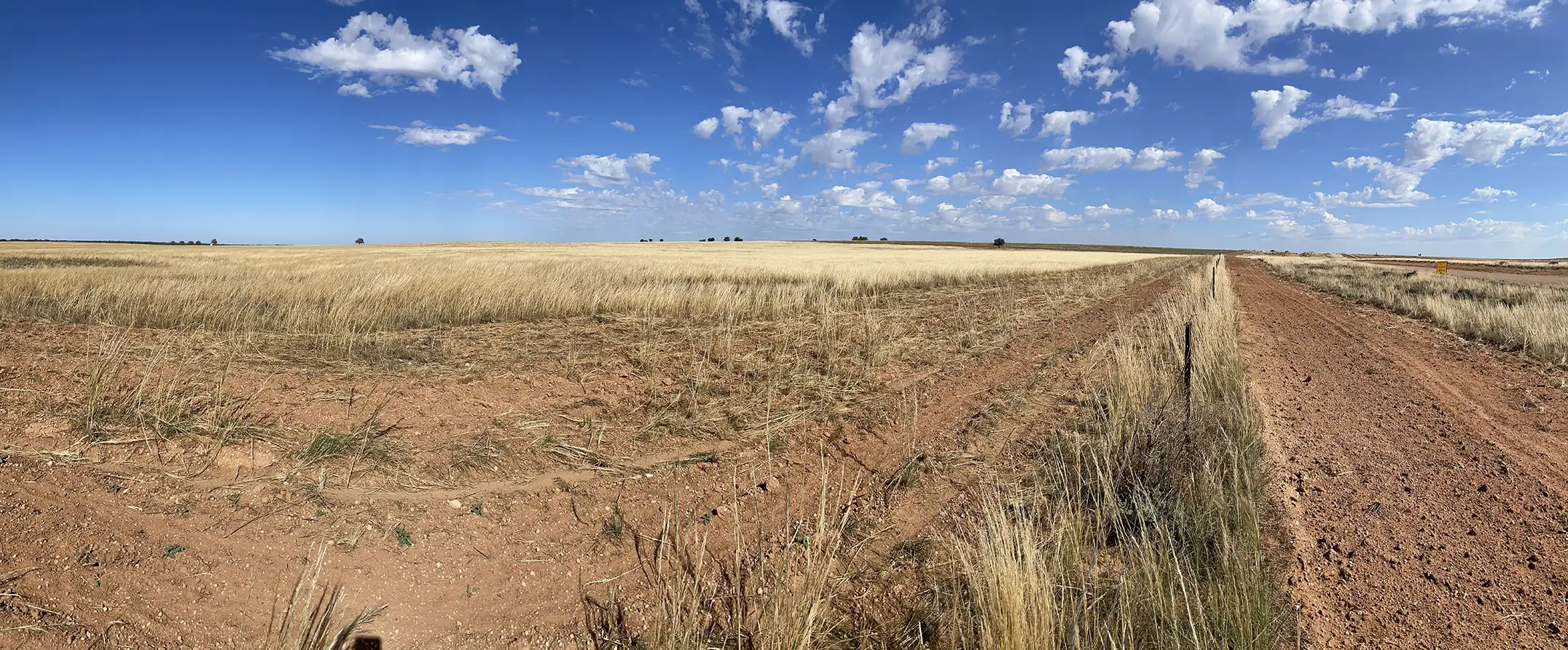

And as one more and recent example:
In New South Wales, its Labor Government is supporting a proposed change to the way in which hunting is ‘managed’ in the state. That is to Create a Conservation Hunting Council to replace the previous and now abandoned Games Council. Where this heads is a matter of grave concern.
Convergent with the review of these changes are yet again claims from the ABC in Broken Hill (July 2025) that:
"Kangaroo numbers are booming in the north-west of NSW, but they are dying of hunger around Broken Hill". ABC Broken Hill: Bill Ormonde)
Yet again there are no images of the numbers of Kangaroos being claimed by the ABC, their aerial video footage of the region do not show Kangaroos and we have one photo of two Kangaroos in the most recent ‘news story’ which is the same image used by the ABC staffer in a Kangaroo story in 2024. We will write to the ABC in Broken Hill to see if they can provide an image of what they claim, but don’t expect an answer.
UPDATE: I can confirm we did just that, write to the journalists involved, and after almost three weeks of silence they were still not able to provide any images of what was being claimed. Remember everyone now has a mobile phone with a camera so evidence is easy to collect. Same old, same old story I am afraid.
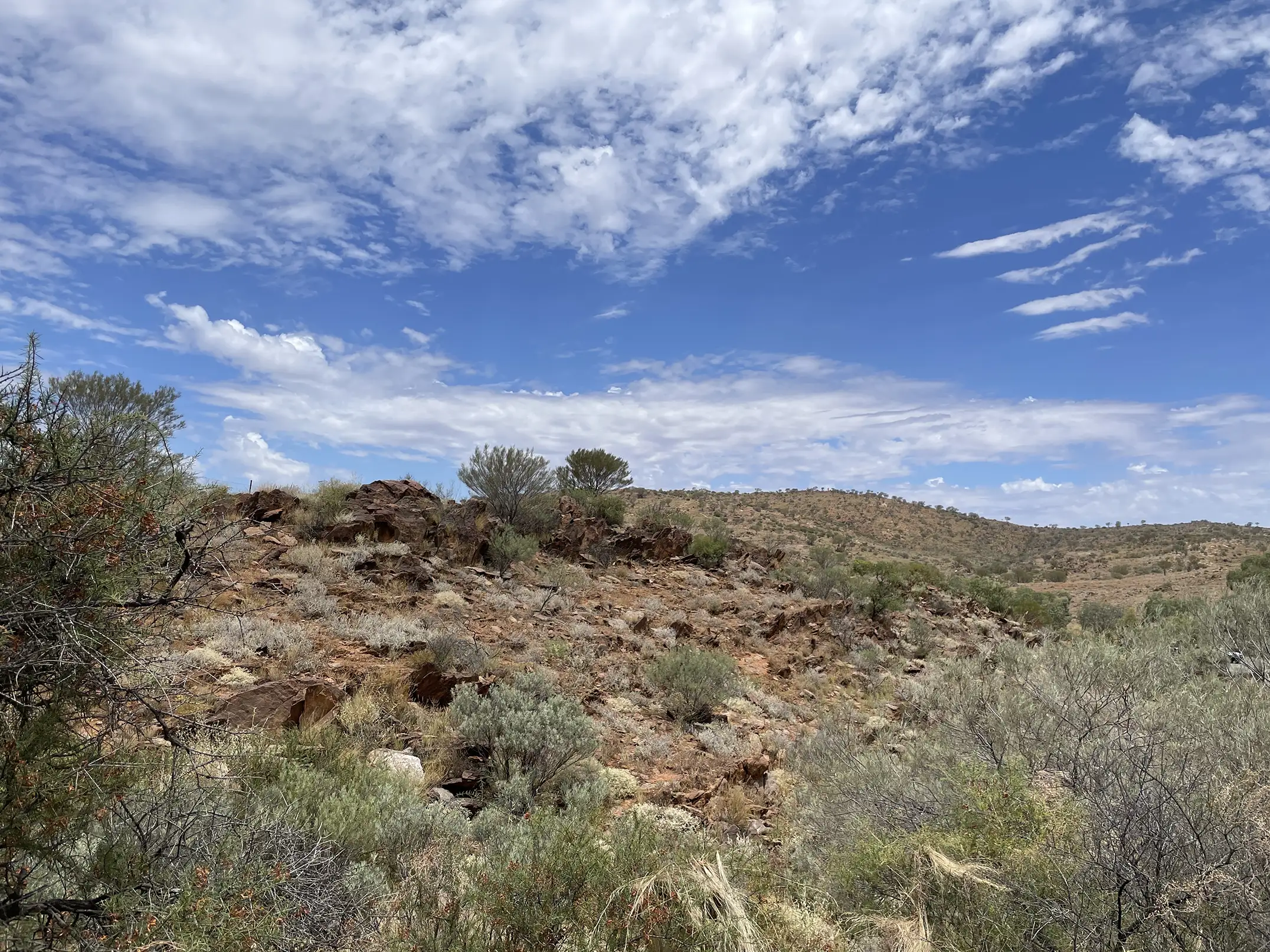
While the New South Wales Government might claim that Kangaroo populations in New South Wales have increased significantly (and well beyond what is biologically possible (so IMPOSSIBLE) it would not be difficult for ABC journalists to think about and investigate if or not these population estimates could be correct, that is an important attribute of journalism in a democracy.

If we take a quick look at the Broken Hill shooting zone which has a very high quota to kill Kangaroos for commercial gain in 2025 at 285,667 animals. This is more than double the 2024 quota for the shooting zone of 126,048 (actual take in 2024 was 101,195 of which 87,298 were Red Kangaroos). New South Wales Government population estimates for 2024 and which the 2025 quota is based give a population estimate for the Broken Hill shooting zone of 1,454,248 (Red Kangaroos) (with no population estimate for Grey Kangaroos for the year while there is still a commercial quota of 38,445 for these animals (was 23,652 in 2024), that is a significant and biologically impossible increase from the previous year when the population of Kangaroos was estimated to be 899,137.
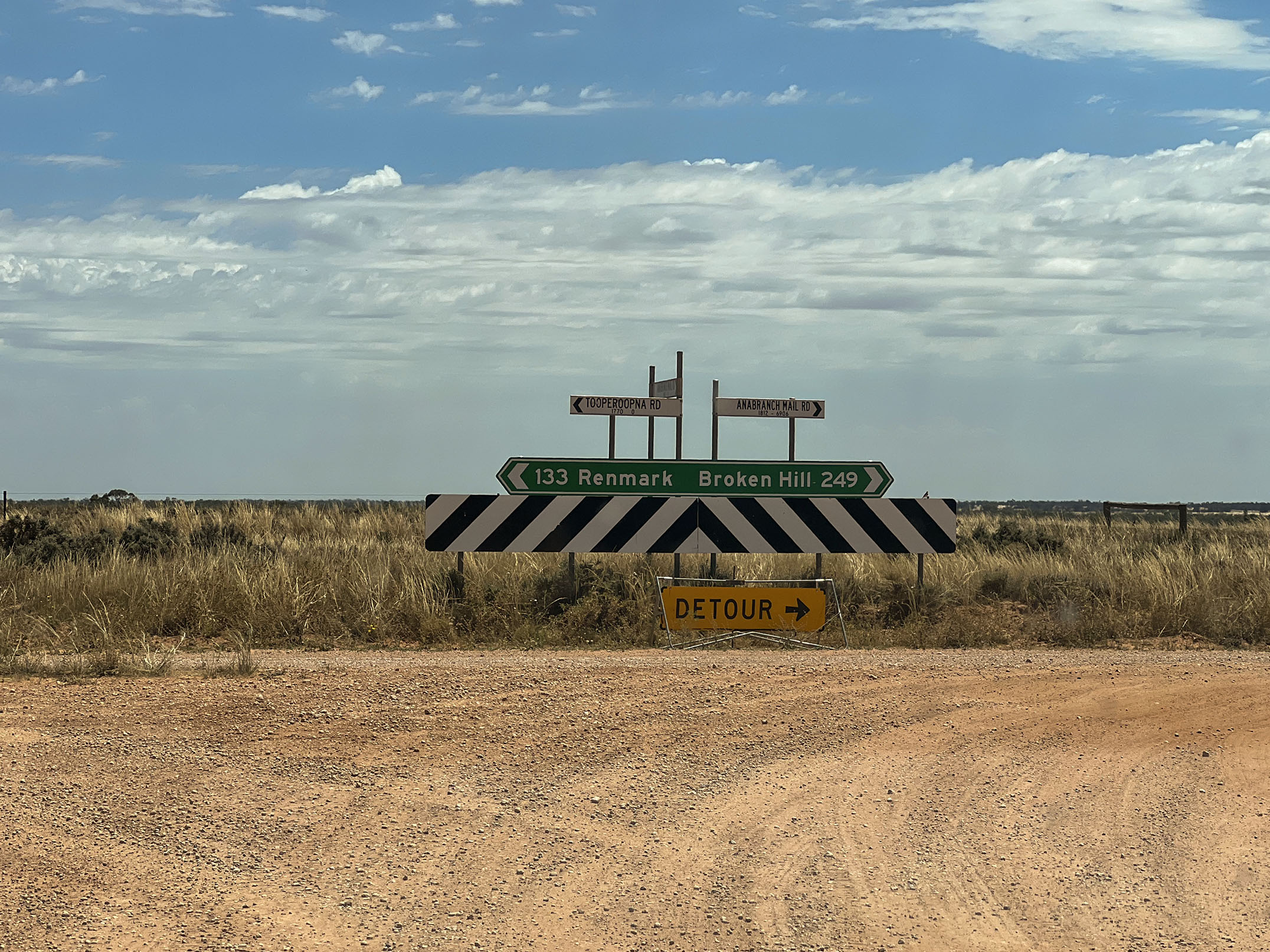
This was our experience of the region.
Following the release of the 2023 quotas for New South Wales and claims of yet another increase in the population of the commercially exploited Kangaroo species, we decided to visit two Kangaroo shooting zones in New South Wales over the New Year period in late December 2022 and early January in 2023.
The 2023 New South Wales commercial Kangaroo quota report gives the population of Grey and Red Kangaroos in these two shooting zones at 2,965,948 animals. This comprises in the Broken Hill shooting zone of 1,746,169 Red Kangaroos and 211, 832 Grey Kangaroos, with a combined per square kilometer density of 21.5 Kangaroos. For the Lower Darling shooting zone the report claimed a population of 667,099 Red Kangaroos and 340,884 Grey Kangaroos, with a combined per square kilometer density of 17.8 Kangaroos.
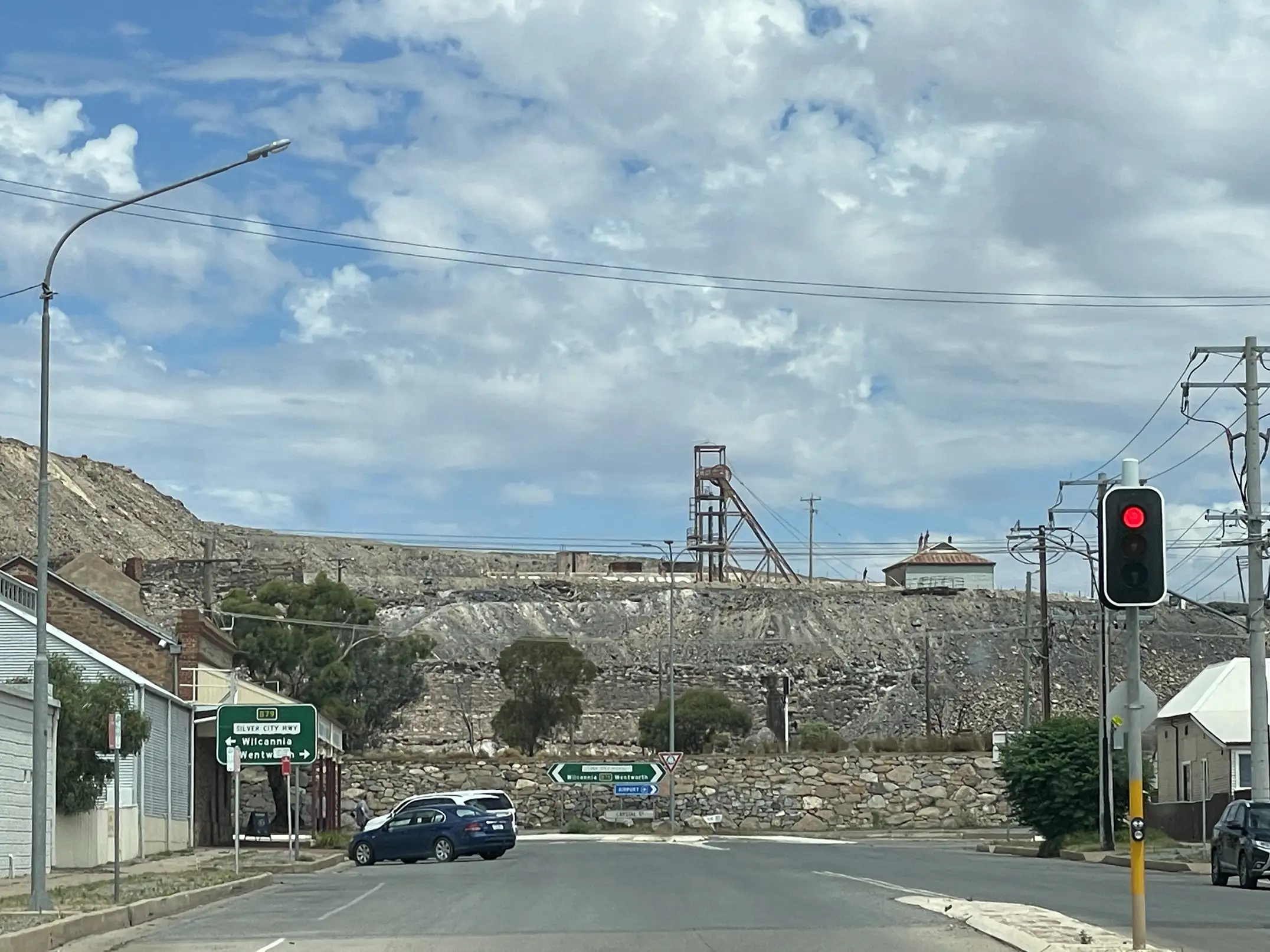
We spent 6 days travelling in these two zones, covering about 1,300 kilometers in our search for Kangaroos. One trip involved travelling the Silver City Highway which services mining activities and industrial scale animal production to Broken Hill and beyond. There were no dead Kangaroos, either recent or old, on the highway.
We would have expected to see many dead Kangaroos here if the population densities were as stated in the 2023 quota report. Instead there were none.
Other trips involved travel on dirt tracks dissecting these zones east to west. We discovered one dead Kangaroo that had been run over on a dirt track, another Kangaroo on the banks of the Darling River that had been shot.
In six days of searching these shooting zones, at last and towards the end of our time there, we discovered one living Kangaroo. So, where there is an estimated population of just under 3 million Kangaroos, we counted just one living Kangaroo.
“That things carried on as before, following the initial findings of the New South Wales Government Inquiry into the Health and Wellbeing of Kangaroos and other Macropods in New South Wales, and its heavily altered final report when compared to the original draft, should serve as a lesson for all those who have submitted to the Government of South Australia’s Inquiry into Kangaroo and Wallaby populations in South Australia”. Peter Hylands